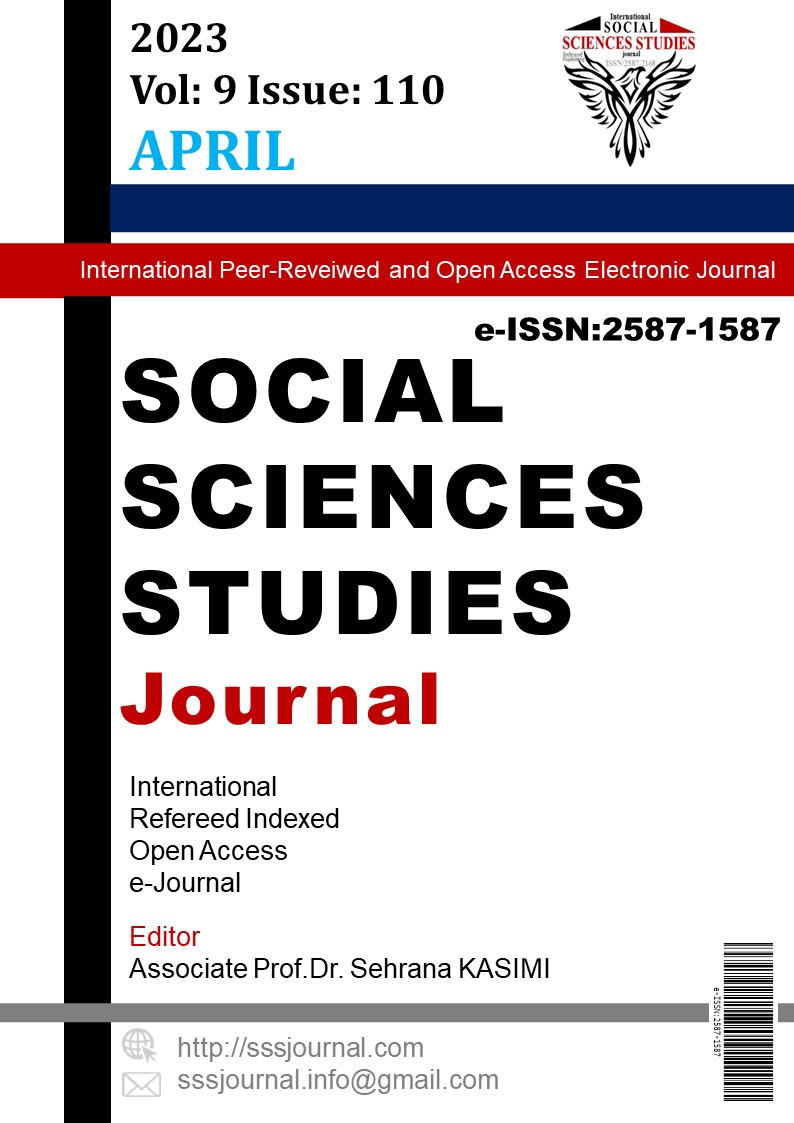Sanatsal Aventurin Seramik Sırlarının Geliştirilmesi İçin Demir Bakımından Zengin Bakır Cürufunun Uygulanabileceği Üzerine Bir Araştırma
Author :
Abstract
Pigmentler, sanatsal seramik bünyelerde ve sırlarda dekoratif renklendirici maddeler olarak kullanılır ve genellikle yüksek maliyetli teknolojik işlemlerle hazırlanırlar. Bu nedenle endüstriyel atık çeşitlerinin kullanımı son yıllarda ticari pigmentlere alternatif olarak cazip hale gelmiştir. Metalürjik cüruflar gibi bazı atıklar, seramik sırlarında ve bünyelerinde renklendirici olarak kullanılabilirliklerini ortaya koyan yüksek miktarda Fe2O3, PbO, CuO, TiO2 ve ZnO içerir. En sık kullanılan atıklar metalürjik cüruflar, kırmızı çamur, mineral işlemeden kaynaklanan silikatça zengin atıklar ve endüstriyel tozlar ve küllerdir. Bu çalışma, ticari Fe2O3 yerine sanatsal aventurin seramik sırlarında demir açısından zengin bakır cürufunun kullanılabilirliğini araştırmaktadır. Bu amaçla, bakır cürufu önce öğütülerek homojen toz elde edilmiştir. Toz cüruf, ikili ve üçlü sır formülasyonlarında ağırlıkça %10 ile %90 aralığında kullanılmıştır. Hazırlanan formülasyonlar daha sonra seramik test plakalarının yüzeylerine uygulanmış ve farklı sıcaklıklarda pişirilmiştir. Elde edilen sırlı yüzeylerin incelenmesi, aventurin etkilerinin başarılı bir şekilde oluştuğunu göstermiştir. Ayrıca sırlı yüzeyler, açık sarıdan koyu kahverengiye kadar farklı renk tonlarıyla mat ve parlak sanatsal görünümler sergilemiştir. Bu nedenle incelenen bakır cürufunun aventurin uygulamalarında ticari demir oksit yerine sır reçetelerinde alternatif bir hammadde olarak kullanılabileceği belirlenmiştir. Optimum aventurin sır formülasyonları, bazı sanatsal seramik duvar panolarına uygulanmıştır. Çalışmanın genel sonucu, seçilen bakır cürufunun sanatsal aventurin seramik sırlarında hammaddenin bir parçası olarak kullanılabilirliğini kanıtlamaktadır.
Keywords
Abstract
Pigments are used in artistic ceramic bodies and glazes as decorative colorant substances and are generally prepared through high-cost technological processes. Due to this fact, the use of kinds of industrial wastes has become attractive as an alternative for commercial pigments in recent years. Some wastes, such as metallurgical slags, contain high levels of metal oxides (Fe2O3, PbO, CuO, TiO2, and ZnO), revealing their usability as a colorant in ceramic glazes and bodies. The most commonly used wastes are metallurgical slags, red mud, silicate-rich wastes from mineral processing, and industrial dusts and ashes. This study investigates the usability of iron-rich copper slag in artistic aventurine ceramic glazes instead of commercial Fe2O3. For this purpose, the copper slag was firstly ground and milled to obtain a homogenous fine powder. The powdered slag was used in the range of 10 to 90 wt% in double and triple glaze formulations. The prepared formulations were then applied on the surfaces of ceramic test plates and fired at different temperatures. The investigation of the obtained glazed surfaces showed the successful formation of aventurine effects. Also, the glazed surfaces showed artistic appearances in matte and glossy modes with different color tones, from light yellow to dark brown. Therefore, it was determined that the studied copper slag could be used as a potential raw material in glaze recipes instead of commercial iron oxide in aventurine applications. The optimum aventurine glaze formulations were also applied to some artistic ceramic wall panels. The overall result of the study proves the usability of the selected copper slag as a part of raw material in artistic aventurine ceramic glazes.





